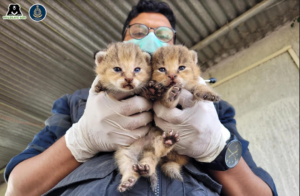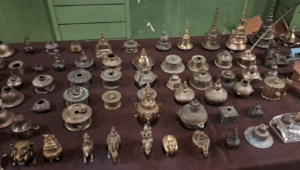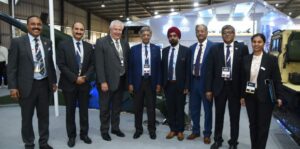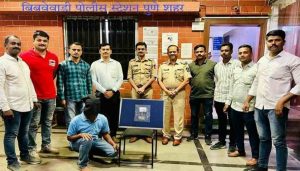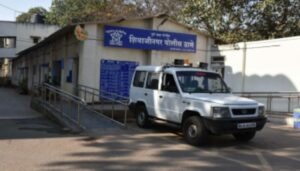HOME SAFETY PROGRAM FOR CHILDREN
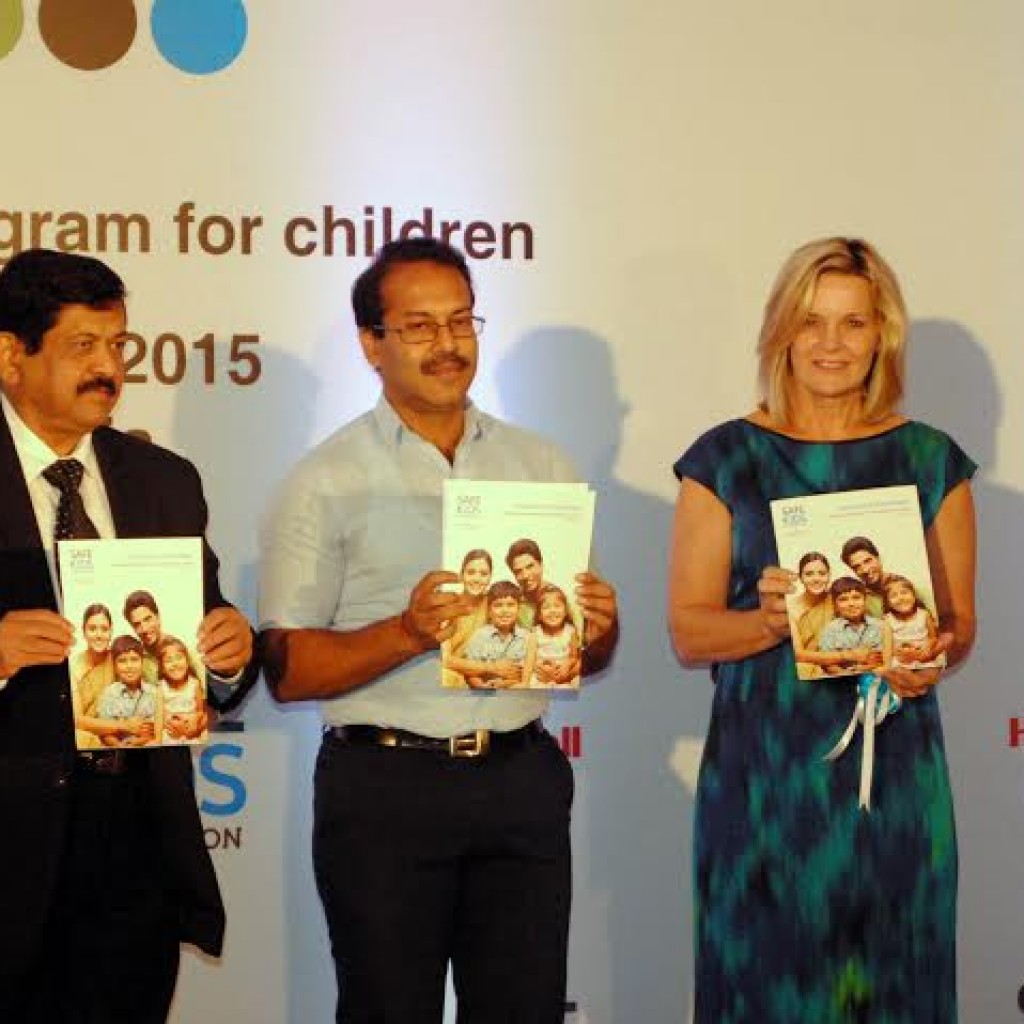
PUNE, November 02, 2015 –Safe Kids Foundation India (SKFI), Safe Kids Worldwide (SKW), and Honeywell India (NYSE: HON) announced today the launch of Safe Kids at Home, a home safety program to help prevent and reduce burns and scalds among children under 14 years old. Funded by a Honeywell India grant to Safe Kids Foundation India, the Safe Kids at Home program will educate 325,000 students and 175,000 parents from 2015-2017, and aspires to bring together citizens and civic bodies who can lead the way in making Pune a model “Safe Kids at Home” city.
Safe Kids Foundation India worked with IMRB International to conduct a first-of-its-kind city-wide assessment of the incidence and severity of preventable injuries among children at home, to create this research-based and locally-relevant program. The research report was released by Shri M.V. Deshmukh, Fire Advisor to the Government of Maharastra, in the presence of the city’s stakeholders representing schools, law enforcement agencies, first responders, non-governmental organizations (NGOs) and prominent citizens. Kunal Kumar Commissioner, Pune Municipal Corporation was present on the occasion
The research revealed that burnsfrom fire and scaldsfrom hot liquids rank second among hazards in frequency,and firstin severity of injury. In 2014, in Pune alone, approximately 76,000 Pune children under the age of 14 suffered burn and scald injuries. Of these, about 3,000, or an average of eight kids a day,suffered third-degree burns, the worst type of burn causing the most damage.
“Healthcare, education, law enforcement andfire safety agencies, families and the communityare bringing a collective and focused effort and investment tothe well-being of childrenby putting in place the means for reducing debilitating injury or death,” said Anant Maheshwari, President, Honeywell India. “Safe Kids at Home will fill a major child safety need by providing easy-to-use tools for teachers and parents. Honeywell is proud to partner with Safe Kids Foundation India to create a program that builds a safe environmentfor our children.”
The Safe Kids at Home program focuses on child safety as the catalyst for driving a culture of safety byteaching families and childrenand encouraging them to become safety ambassadorsthat can lead the way in making Pune a model for the country.
“Thanks to the grant from Honeywell India, we will be reaching families with vital information to protect children from the ravages of burns.” said Kate Carr, President & CEO, Safe Kids Worldwide. With Safe Kids Foundation India as local implementation partner, Safe Kids Worldwide has been instrumental in bringing a global vision and experience in creating research-based educational programs that engage children in creative ways to help prevent unintentional injuries and deaths among them.
Safe Kids Foundation India has developed age-specific educational resources and tools for children in grades 3 to 8including free classroom lessons plans, printable materials for families and a safety checklist for children. Materials will be deployed across the city’s government and private schools in collaboration with parents, teachers, various government departments, NGOs, and the community.
The Safe Kids at Home free educational resources and tools are available for download atwww.safekidsfoundation.org/safekidsathome. For more information, follow Safe Kids Foundation India on Facebook and Twitter.
Key findings of the IMRB survey:
- Heat burns (56%) are most prevalent type of burn, followed by friction burns (22%) and electrical burns (12%). Greater awareness about electric shocks among children and parents has led to lower incidence of electrical burns. According to general practitioners, fireworks are a top hazard, and their use needs to be monitored.
- Children living in slums report higher incidence of burns/scalds (57%), which could be due to undefined kitchen spaces. However, parents in these households overlook minor injuries, including burns/scalds, and do not perceive these as risks, indicating a need to educate both children and parents in this segment.
- In contrast, there is higher reporting of burn/scald injuries by SEC A/B parents indicating more time spent in supervision and greater sensitivity to even minor injuries.
- 49% children resorted to self-medication for burn injuries.
- Fire safety training is part of the curriculum in only 20% of schools, and 69% of training is theoretical, pointing to the need for increased experiential teaching.
- 27% parents do not educate children about fire risks.
- Usage (5%), and knowledge (2%) of firefighting equipment are dismally low.
Commissioned by Honeywell India and Safe Kids Foundation India, and conducted by IMRB International, the research covered 1,117 respondents, including parents, children under 14 years, general practitioners, and teachers. It included an equitable representation of SEC A, B, C and D/E households and slums in Pune.
About Safe Kids Worldwide
Safe Kids Worldwide is a nonprofit organization working to prevent childhood injury, the number one cause of death for children in the United States. Throughout the world, almost one million children die of an injury each year, and almost every one of these tragedies is preventable. Safe Kids works with an extensive network of more than 400 coalitions in the U.S. and with partners in more than 25 countries to reduce traffic injuries, drownings, falls, burns, poisonings and more. Since 1988, Safe Kids has helped reduce the U.S. childhood death rate from unintentional injury by 60 percent. Working together, we can do much more for kids everywhere. Join our effort at safekids.org.
About Safe Kids Foundation India (SKFI)
SKFI became a member of Safe Kids Worldwide in 2006 and works in close collaboration with Safe Kids Worldwide to improve the lives of children in India. SKFI works with non-profit organizations, governments and schools to promote awareness and teach that accidental deaths and injuries are preventable. The organization’s current program activities have been focused on promoting road safety. The Safe Kids Walk This Way pedestrian safety program was launched in Mumbai in 2007 to address pedestrian-related injuries to children. The program has expanded to two additional cities, Delhi in 2009 and Ahmedabad in 2010. From 2007 through 2013, more than 1,500 schools and nearly 950,000 children have been reached through education activities, playing a critical role in improving road safety for children in these cities. For more information referto www.safekidsfoundation.org.

